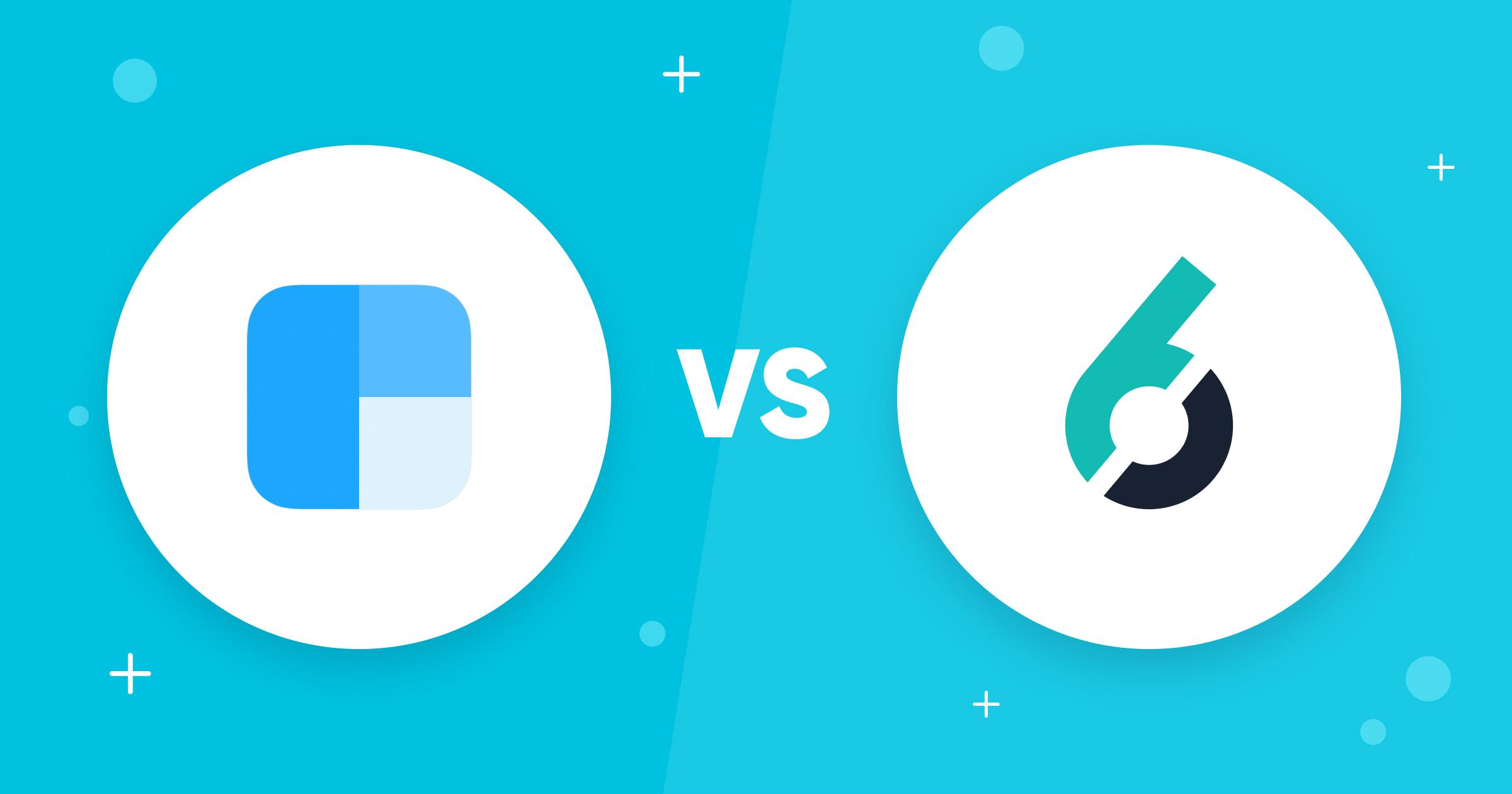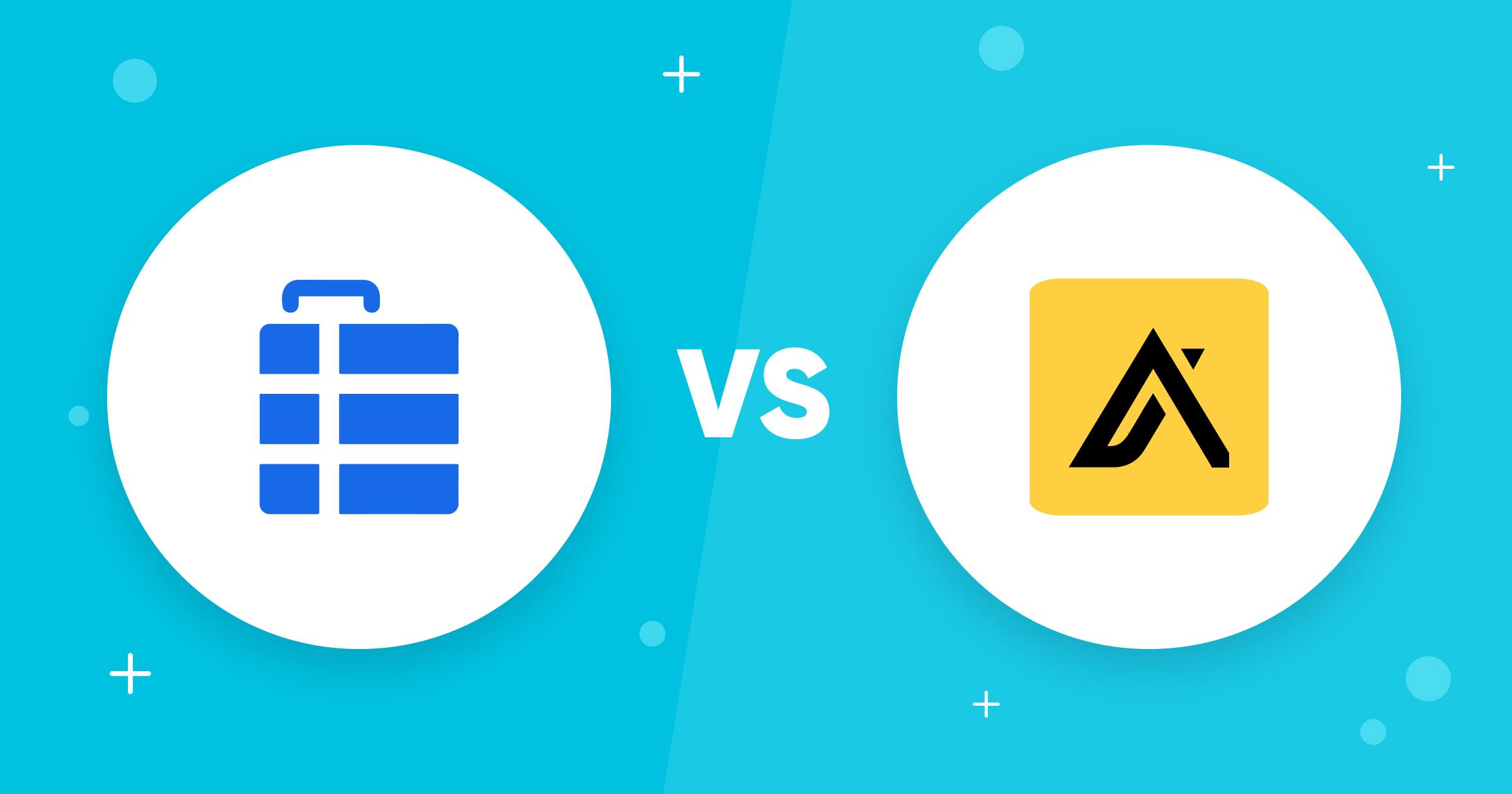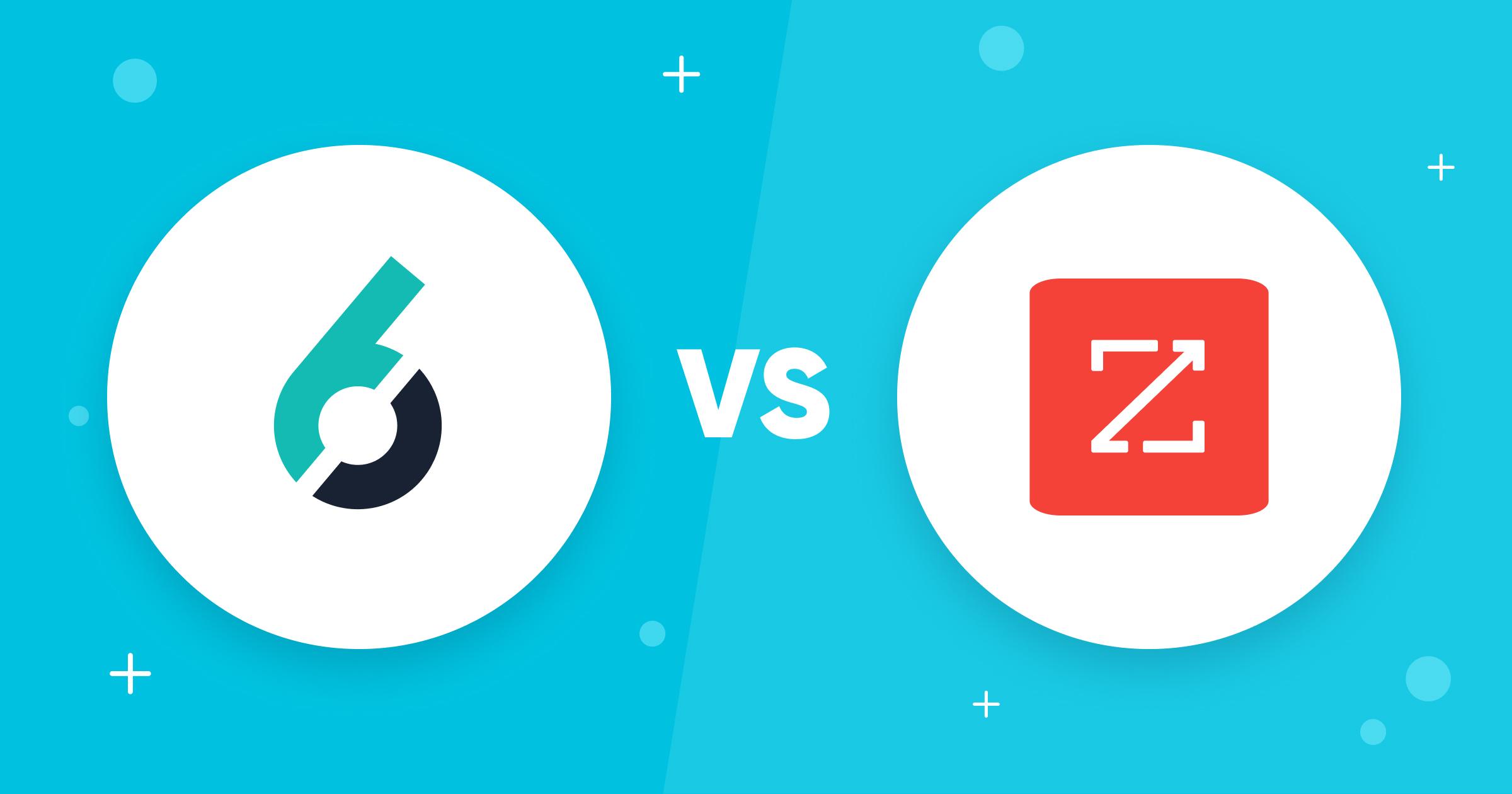Crafting an accurate and reliable B2B customer journey is key to developing engaging and effective marketing campaigns. With a good customer journey, it’s easy to create highly-personalized experiences that can cater to your customer’s needs while keeping your budget in check.
Here’s everything you need to know about customer journeys, what they are, and how to create them efficiently and accurately.
Let’s get started.
Quick Links:
- What is a B2B Customer Journey?
- B2B Customer Journey Stages
- Key Differences Between B2B and B2C Journeys
- What is a B2B Customer Journey Map?
- Why Customer Journey Mapping is Important
- How to Create a Customer Journey Map in 6 Steps
- Optimizing the B2B Customer Journey
- FAQs About the B2B Customer Journey
- What You Need to Remember About the B2B Customer Journey
What is a B2B Customer Journey?
A B2B customer journey is generally defined as the key touchpoints a user has with your company before becoming a customer. It tracks everything from the user’s first awareness of their pain point to their post-purchase behavior.
Mapping an accurate customer journey can help define how your user persona behaves and interacts with your brand and can help you discover ways to expedite the process.
B2B Customer Journey Stages
Here are the main customer journey stages:
Awareness
Awareness is the first stage of the customer journey map. At this stage, the buyer becomes aware of your brand or product for the first time. This can happen organically through SEO and inbound strategies. However, direct marketing will usually give you faster and more reliable results.
You can reach your customers at this stage through paid advertising and sponsorships. B2B Lead generation services like UpLead can help you find and curate customer data and establish first contact through cold calling or emailing.
At this stage, engage with the potential customer via solution-focused content. Explain exactly how your product or service can help solve their pain points.
Consideration
The customer will start comparing options to decide which one is their best fit.
At this step of the customer journey, the client is often searching for more detailed information to visualize better whether your solution is a good fit for them. They’re looking for the difference between you and your competition and trying to decide which product or service best suits their needs.
Engage them with content that compares your solution against the competition, case studies, and social proof like customer feedback and positive external reviews.
Conversion
Now that the potential customer has considered their options and chosen yours as their preferred one, they’ll proceed to make a purchase and become a paying customer. The most important part of this process is to ensure that no roadblocks are preventing a purchase and to find ways to make it easier for your leads to become customers.
Expedite the process by offering people an easy opportunity to make a purchase at every step of the customer journey.
Loyalty
Once the customer has made a purchase, keeping them engaged is often more cost-efficient than finding a new customer.
You can help ensure customer loyalty by giving people an intuitive onboarding experience and making it easy for them to contact your customer retention and customer service teams.
Advocacy
To achieve advocacy, make sure you meet and exceed customer expectations from the start and continue engaging with them through content that lets them find new and better ways of using your solutions.
Key Differences Between B2B and B2C Journeys
There are a few key differences between B2C and B2B customer journeys.
B2C clients usually have a more straightforward customer journey, while B2B customer journey mapping can be more complex with more moving parts to consider. Since more people are involved in making the decision, B2B customer journeys usually prioritize building relationships over brand awareness.
B2B journeys are longer and more expensive to create, so they’re typically built around market niches. B2C journeys, on the other hand, are usually focused on a wider market.
What is a B2B Customer Journey Map?
A B2B customer journey map outlines your buyer persona’s experience with your company. It covers all customer touchpoints, including those from your average lead to a brand ambassador.
B2B customer journeys account for all decision-makers and anticipate a company’s internal process to solve its pain points.
Why Customer Journey Mapping is Important
Successful B2B customer journey mapping can help you understand the buyer journey. This will allow you to expedite sales and ensure customer satisfaction while cutting costs on inefficient approaches.
A good customer journey map helps you develop better marketing strategies to cater to the needs and personalities of your buyer’s personas.
How to Create a Customer Journey Map in 6 Steps
Here’s how to create a customer journey map, step by step:
Step 1: Decide on the Type of Customer Journey Map
The first thing you need to do when mapping a customer journey is decide the kind of map you need.
There are “current state” and “future state” customer journey maps. A current state map is broken down into the five steps listed above: Awareness, Consideration, Conversion, Loyalty, and Advocacy, and reflects how your company’s present buyer journey works. A future state map is an ideal customer journey and shows you what your current customer journey map should aim to be.
Step 2: Collect Data
Now that you have a framework, you’ll need to fill it with accurate data. Using data-driven decisions to develop your customer journey map will ensure you avoid biases and develop an accurate picture.
Search your existing customer database to learn more about your buyer personas and how they make a purchase. A data enrichment tool is the best way to ensure complete and accurate information. This will complete any missing details and update your leads’ contact information.
Step 3: Create Clear Objectives
Now that you have a framework to use and the data to guide you, you can establish the map’s purpose. Ask yourself questions such as ”What do we wish to achieve?” and “Which data gaps am I looking to fill?”
Although the goal of any customer journey map is to accurately represent the buyer’s journey, having a clear purpose can help you find the insights you’re looking for.
Step 4: Develop Personas and Their Goals
This is where the research happens. Build accurate customer profiles using the data you have. Be sure to fill in any gaps and conduct surveys and user testing to get it right.
Base your research on existing customers to ensure you develop the right customer profiles.
Step 5: Define Journey Stages
Now that you have your data, we can finally get into journey mapping.
Use your data to define customer journey stages that fit your customer personas. Ensure no part of the customer journey is missed.
Step 6: Plot Touchpoints
Define touchpoints based on the way customers interact with your company.
Use your data to determine each touchpoint and map it in a timeline format, from when someone first hears of your company to the moment they recommend your brand to satisfied customers.
Optimizing the B2B Customer Journey
Here are a few tips for improving your customer journey map:
Share the Map With Your Team
Sharing your customer journey map internally is vital; it helps employees see where their responsibilities come into play. It can also ensure your marketing, sales, and customer service employees are working towards the same goal and help them better understand the kind of clients and leads they’re working with.
Improve and Update Frequently
Having an accurate customer journey map can help you understand your current customers.
It’s best to make revisions and updates to your customer journey maps. A constant refining process will help you find any roadblocks and ensure the process works well.
When in Doubt, Revisit the Goals
If you’re having difficulty getting results (or simply want to make sure you’re using your resources effectively), you can always revisit your goals.
Keep your goals consistent with your metrics and KPIs, and don’t hesitate to alter your goals and develop customer journeys that are better suited to your current needs.
Don’t Neglect Your Post-Sale Plan
Although many journeys end at the sale, having a solid post-sale plan is a great way to ensure you’re taking care of the customers you worked so hard to get.
Account for your post-sale plan in your customer journey maps to ensure you’re onboarding and nurturing customers after they make their first purchase. Find ways to map them into becoming brand ambassadors.
FAQs About the B2B Customer Journey
Here are answers to common questions regarding customer journeys:
The five stages of the customer journey are Awareness, Consideration, Conversion, Loyalty, and Advocacy. Awareness defines how the buyer persona first encounters and interacts with your brand. Consideration is when the buyer persona defines which option they want to purchase, while Conversion shows how they make that purchase. Finally, Loyalty shows you why they remain your customers, and Advocacy defines how to turn your customers into brand ambassadors.
Touchpoints are customer interactions with your company. They start when your customer first comes into contact with your brand and continue throughout the customer experience.
A customer journey shows your buyer personas’ interaction with your brand. It defines how they come into contact with your company, shows the decision-making process, and helps you to better cater to their needs. Customer experience defines how well the sales process matches customer expectations. It covers customers’ satisfaction with your brand, products, or services.
What You Need to Remember About the B2B Customer Journey
Accurately mapping your customer journey is key to ensuring your company’s success. Customer journeys help define how people find your brand, why they make a purchase, and how to turn customers into brand ambassadors. It can also help you identify roadblocks and shorten the sales funnel, expediting the time it takes for customers to purchase.
Lead generation tools like UpLead can help populate your information for existing and potential customers. They can kickstart your marketing efforts by generating lead lists according to your buyer personas.
Try UpLead today and see if it’s a good fit for you.
Lead generation doesn’t have to be all that painful. With UpLead, you can easily connect with high-quality prospects and leads to grow your company.










